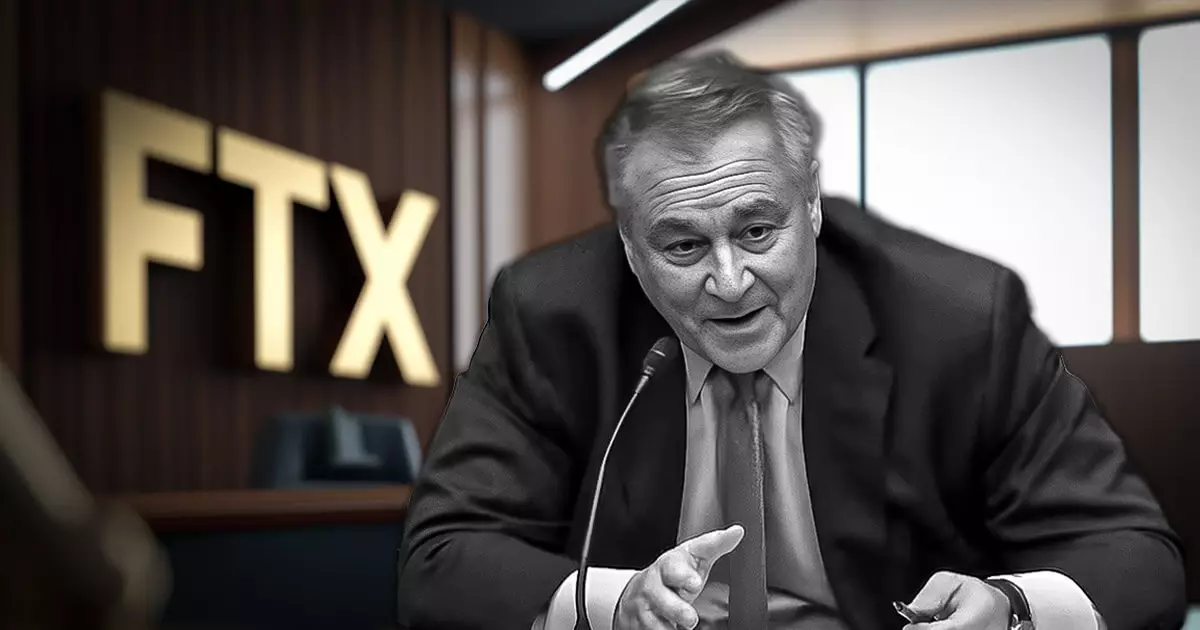In the aftermath of a financial collapse as significant as FTX’s, the process of asset recovery becomes paramount not just for creditors but also for setting a precedent in corporate governance and accountability. FTX, once a leading cryptocurrency exchange, filed for Chapter 11 bankruptcy in November 2022, leaving behind a trail of creditors who hoped to salvage their investments. Within this intricate legal and financial landscape, the role of insiders who can provide critical insights and cooperation is more vital than ever. Nishad Singh, the former engineering director at FTX, has emerged as a pivotal figure in this saga, prompting arguments for leniency from key players involved in the bankruptcy proceedings.
John J. Ray III, the current CEO of FTX and a veteran in navigating corporate bankruptcies, has publicly championed Singh’s continued freedom. In a letter to the U.S. District Court for the Southern District of New York, Ray made a compelling case that Singh’s technical skills and insider knowledge are indispensable for maximizing asset recovery for FTX’s creditors. Singh’s cooperation is not mere semantics; it involves tangible actions, including assisting in the retrieval of misappropriated assets, such as properties purchased with FTX funds in the Bahamas.
By arguing for Singh’s leniency, Ray underscores the practical reality that the recovery of assets may considerably benefit from his cooperative stance. Although Singh has pled guilty to serious financial misconduct and breaches related to campaign finance, the overarching goal of recovering funds for creditors could justify mitigating his sentence. Ray indicated that further cooperation, potentially including testifying in court and identifying additional assets, could directly influence the efficacy of recovery efforts.
In the intersection of corporate law and ethical accountability, the case of Singh raises complex questions. On one hand, his previous admissions of guilt for financial misconduct portray a narrative of complicity in the broader collapse of FTX. On the other hand, the legal system often weighs such admissions against the value an individual brings to the table during recovery efforts. Prosecutors have characterized Singh’s contributions as “substantial assistance,” aiding in the questioning and prosecution of former executives, including Sam Bankman-Fried.
As Judge Lewis Kaplan prepares to determine Singh’s sentencing, the stakes are high. The deliberation is not just about punishing wrongdoings; it also profoundly affects the potential recovery outcomes for countless affected investors. Singh’s legal representation has argued for leniency based on the premise that his cooperation has unlocked crucial insights into the complex financial machinations that characterized FTX’s operations.
Moving forward, FTX’s recovery effort remains a multifaceted challenge that blends legal maneuvering with straightforward asset retrieval. With leaders like Ray guiding the company’s strategies, the hope is that continued cooperation from individuals like Singh will not only enhance recovery efforts but could also serve as a form of rehabilitation within the financial industry. As the court weighs these considerations, the outcome could impact not just the creditors involved but also future practices surrounding transparency and accountability in corporate governance.

